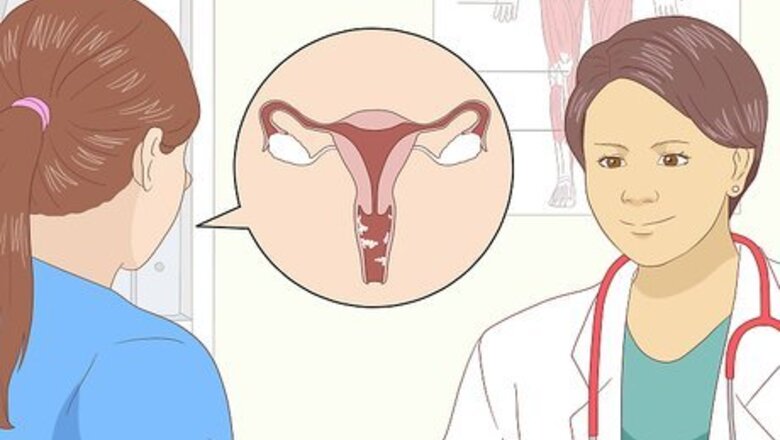
views
- Use an over the counter or prescription cream to treat the infection. Depending on your cream, insert the applicator in your vagina and squeeze out the cream.
- Wear loose, cotton bottoms to manage your infection. Apply a cold pack or petroleum jelly on top of your vagina to reduce itchiness and discomfort.
- Prevent yeast infections by changing tampons regularly, not using fragrant sprays or soaps on your vagina, and avoiding douching.
Recommended Home Treatments
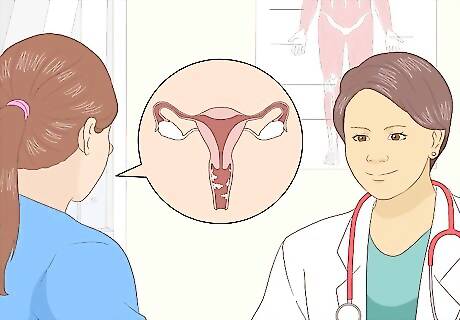
Visit your doctor to confirm that you have a yeast infection. Going to the doctor might seem annoying, but don't try to treat a yeast infection by yourself. Even if you’ve had a yeast infection before and know what it feels like, other infections could have similar symptoms. This is why you need your doctor to confirm it before starting treatment. Make an appointment for an exam, and then you can start treatment after a proper diagnosis. Common yeast infection tests are a urine analysis and a swab from your vagina. The doctor will examine these samples to confirm that you have a yeast infection.
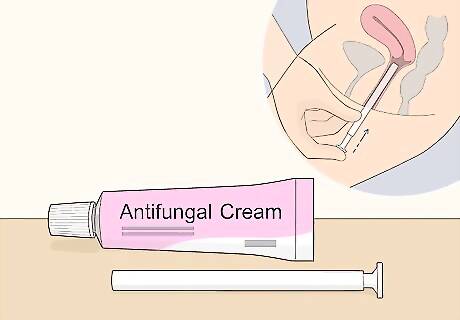
Buy an over-the-counter cream to clear the infection. In most cases, your doctor will recommend an OTC cream or suppository that you can get from any pharmacy. These come with an applicator to help use the medication. Insert the applicator tip into your vagina and squeeze out the medication according to the package instructions to clear the infection. Common OTC creams are Miconazole, Clotrimazole, Tioconazole, and Butoconazole. You might have to use this medication for a few days, or only once. Follow all the instructions to use it correctly.
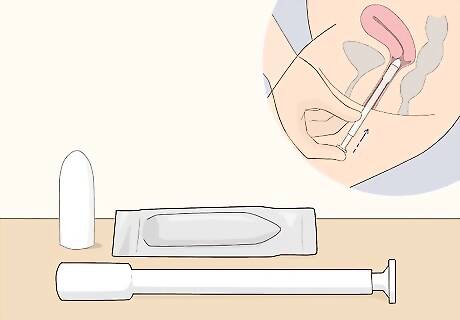
Try a prescription-strength cream if your doctor recommends it. There are also prescription-strength creams for yeast infections. Your doctor might try one of these instead of an OTC cream. You can use it the same way as an OTC cream, so follow all the instructions to apply it correctly.
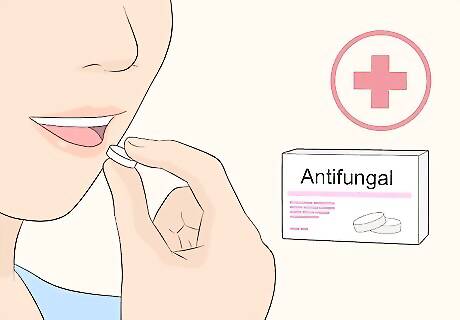
Take a one-time oral antifungal medication to knock out the infection. If topical creams don’t work for you, your doctor might try an oral medication like fluconazole. Usually, you only have to take one pill to clear your infection. If you have a more serious infection, your doctor might tell you to take 2 doses 3 days apart. Doctors usually recommend one-time medicines if you don’t get yeast infections often. If you do, then you may need more doses. Tell your doctor if you’re pregnant, because oral medications aren’t recommended for pregnant people.
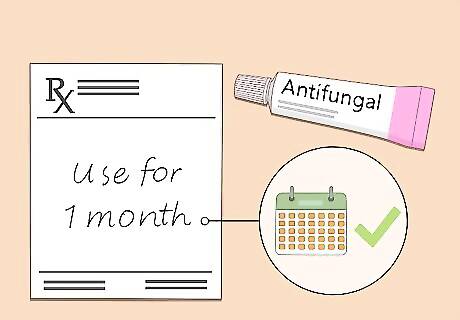
Use every medication for as long as your doctor tells you to. Whether you use cream or oral medication, you need to complete the entire treatment. Never stop using the medication early, even if you’re starting to feel better. The infection could come back if you stop too early.

Don’t have sex until you’re done using cream or suppositories. These medications can weaken condoms and diaphragms, so you could get pregnant without meaning to or catch an STI. Wait until the treatment is completely finished to have sex again.
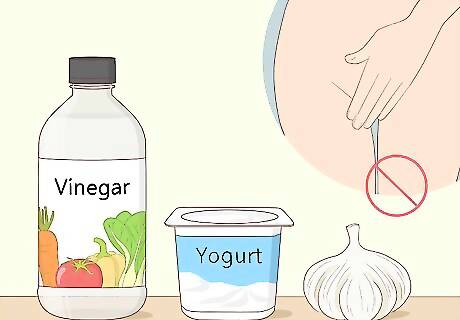
Avoid any unverified home remedies. If you've spent any time searching online for yeast infection remedies, you've probably seen plenty. Some common ones include putting yogurt, vinegar, tea tree oil, or garlic inside your vagina. None of these treatments are effective for treating yeast infections, and doctors don't recommend any of them. For your own health, stick with recommended medical treatments instead.
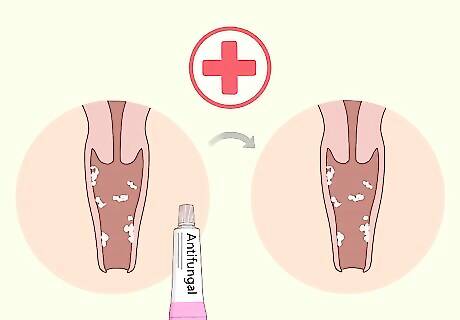
See your doctor again if the infection doesn’t go away. While this is definitely annoying, it’s possible that the yeast infection won’t go away immediately. If you complete the treatment and the infection isn’t gone, then you may need a different type of medication. See your doctor again for further treatment. If you have frequent yeast infections that won’t go away, your doctor will probably put you on oral antifungal medications for a few weeks.
Managing the Symptoms
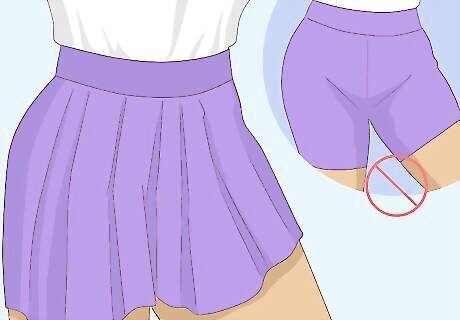
Wear loose cotton underwear and clothes. Loose cotton clothes won't trap heat and moisture around your genitals, both of which could make the infection worse. You can also try sleeping without underwear on. This might make you more comfortable too. This is also a good way to reduce your chances of getting a yeast infection in the first place. If you wear pantyhose, make sure these aren’t too tight either. On the other hand, avoid panties made from silk or nylon. These can trap moisture.
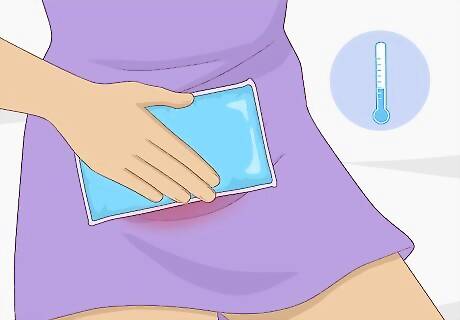
Use a cold pack or cool bath to relieve itching. A yeast infection is very uncomfortable, but you have options to help with the itching. Try hold a cold pack against the area or taking a cool bath to relieve the discomfort.
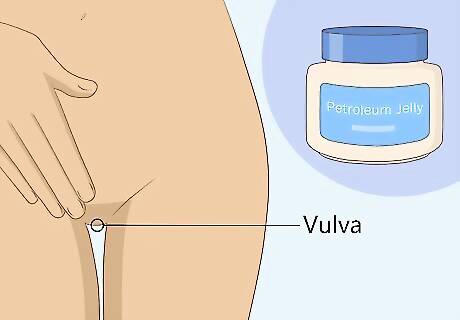
Try putting petroleum jelly on your vagina to reduce itching. Sometimes, yeast infections can spread outside of your vagina and onto your vulva. In this case, some petroleum jelly can help relieve the itching, so try rubbing a little bit onto any external itchy spots around your vulva. This is only recommended for use outside your vagina, not inside.
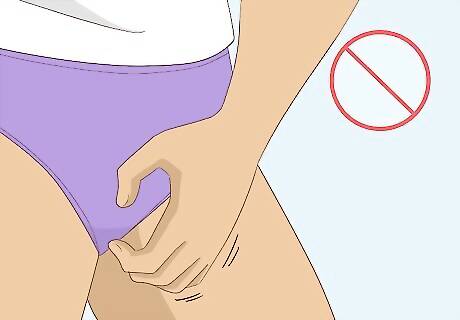
Avoid scratching to prevent more irritation. Yeast infections are really uncomfortable and you'll probably feel tempted to scratch. However, this is a bad idea and could make the irritation worse. Do your best to avoid scratching until the infection clears up. As long as you're undergoing treatment for your infection, the itching and discomfort should end before too long, so you'll feel better soon.
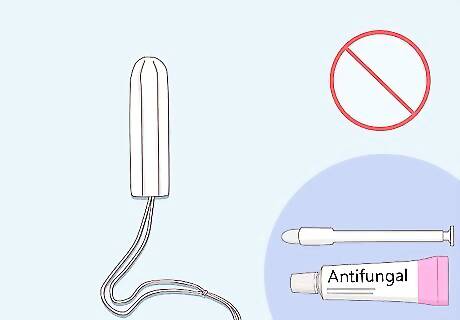
Don't use tampons if you're using creams or suppositories. Tampons can soak up the medication from creams or suppositories. This prevents medicines from working properly and they might not heal your infection. Skip tampons until your treatment is done.
Preventing Yeast Infections
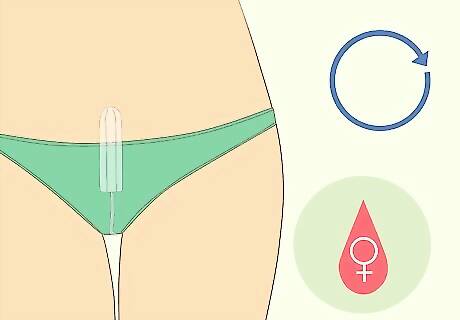
Change your tampons and pads often while you’re menstruating. This can also reduce your chances of getting an yeast infection. Don’t use perfumed or fragranced tampons or pads either.
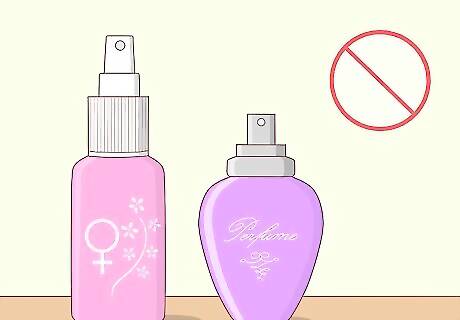
Keep fragranced sprays and perfumes away from your vagina. These products can all increase your chances of catching a yeast infection. Avoid any perfumed sprays, soaps, or bubble baths to support your vaginal health. Hot tubs and hot baths could also put you at risk for yeast infections, even if you don’t use any fragrances. It’s best to avoid them.
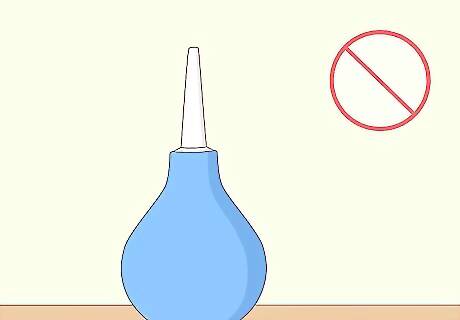
Don’t use a douche. While you might feel clean after douching, this actually kills good bacteria that keeps your yeast levels under control. Without that bacteria, yeast could grow and cause an infection. Avoid douching altogether. In general, all you need to keep your vagina clean is warm water. Also don't use a douche if you currently have a yeast infection. This could make it worse.
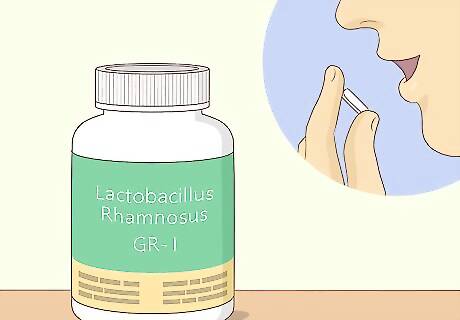
Take probiotics to support your vaginal bacteria. Results are mixed and not all doctors agree, but probiotics could help prevent yeast infections. Specifically, Lactobacillus rhamnosus GR-1 supplements might help. Try getting a supplement with this probiotic type to see if it helps you. There are many other home remedies for yeast infections like tea tree oil or yogurt-infused tampons. None of these are proven to work, and some might even make the infection worse.

















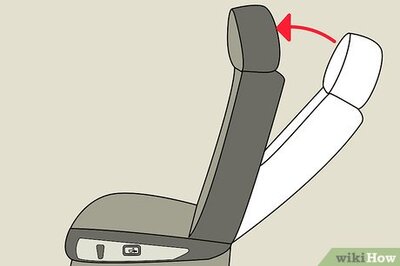
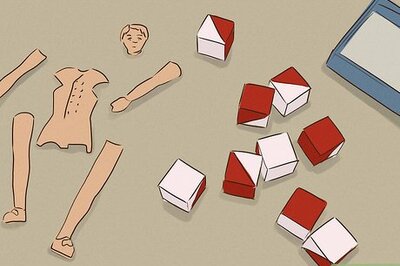
Comments
0 comment